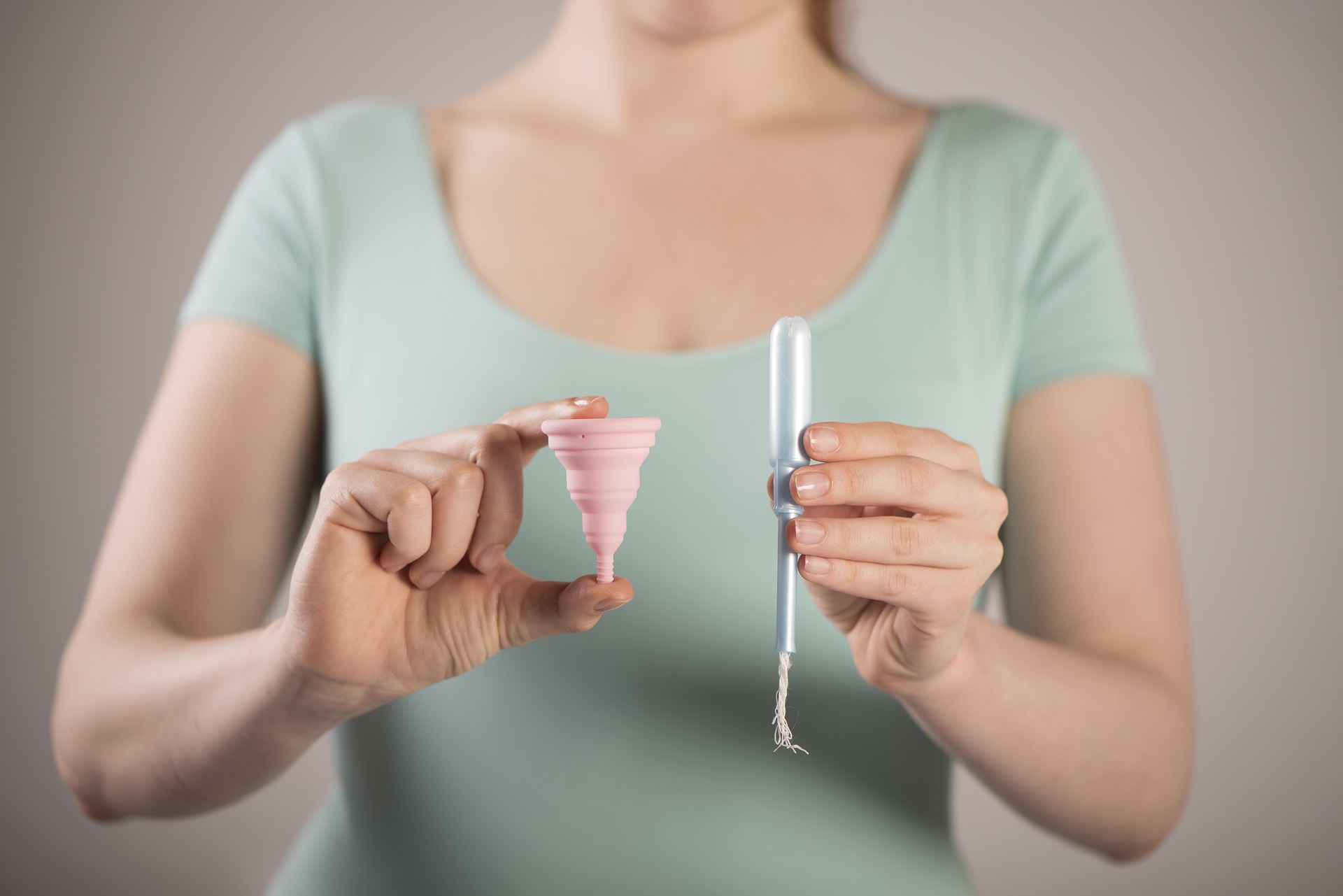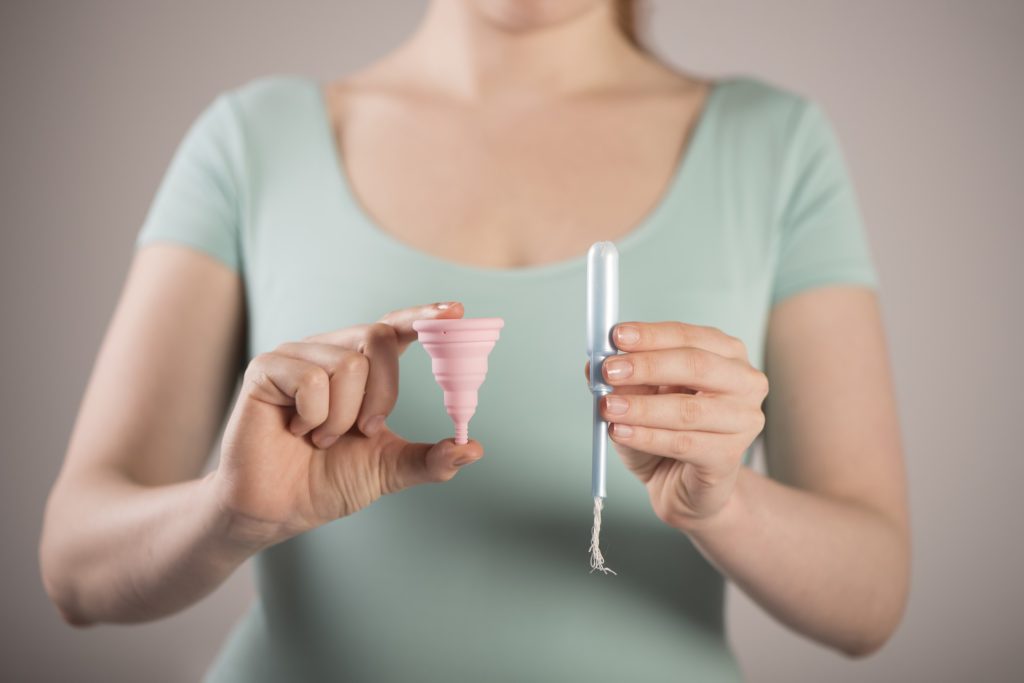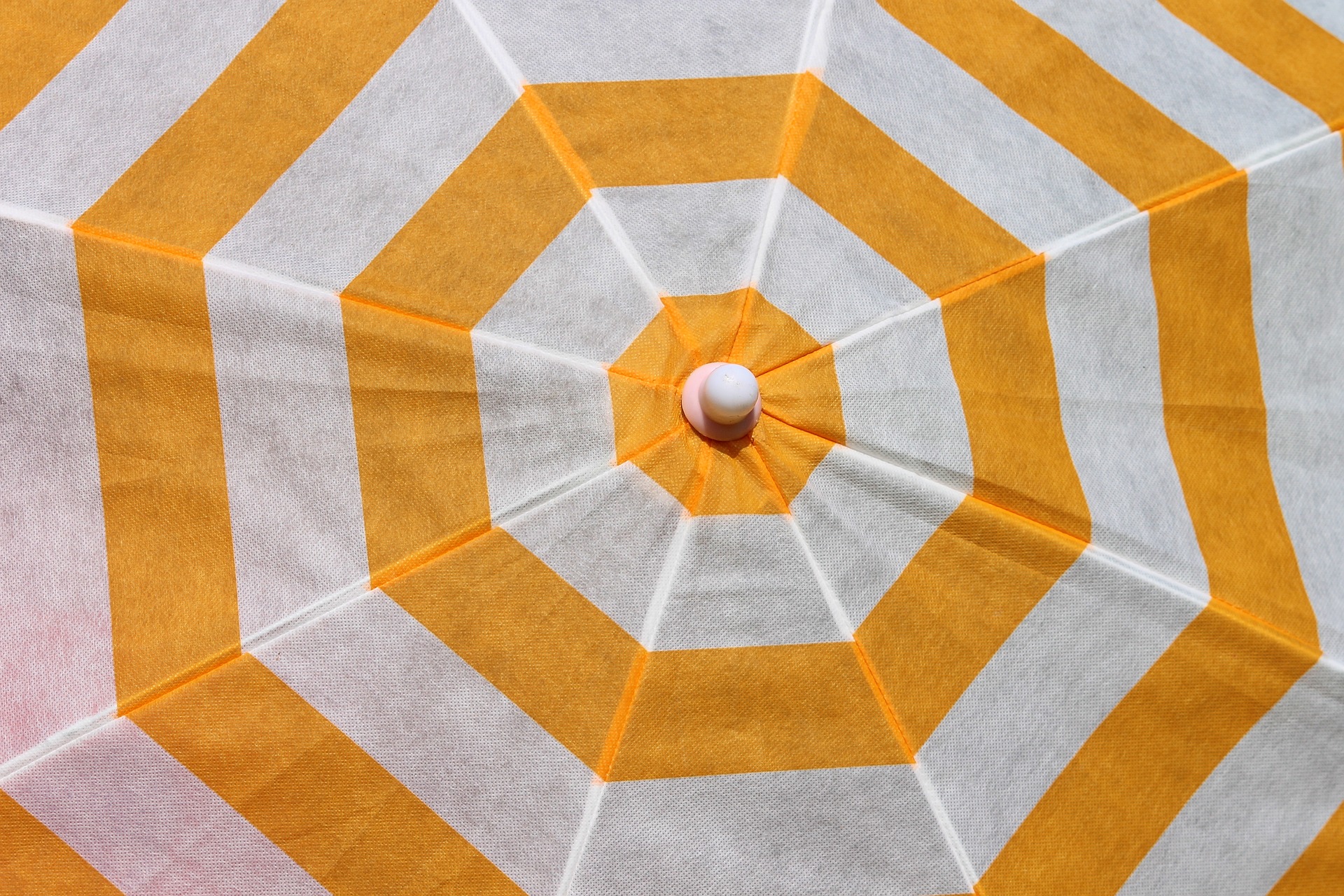
Health Content // Menstrual Cup vs Tampons: 5 Reasons to Make the Switch*
These days, more and more people are making the switch from tampons to a menstrual cup. Just ask any of your friends and you might be surprised by how many of them are using cups.
There are lots of reasons to make the switch from tampons, including the environment, health considerations, increased capacity, period sex, and money-saving potential.
I’ll give you some details about each one of these factors, and then offer some advice for choosing your first menstrual cup.

Reason #1: They’re Eco-Friendly
Estimates vary, but it’s thought that the average person uses around 10,000 tampons during a lifetime. That’s a lot! It can be even more if you have a heavy, long or irregular period.
Even the most environmentally friendly tampons that don’t have an applicator come wrapped in non-biodegradable plastic. Then, factor in all the energy and materials used to manufacture and transport these products to your local stores.
Compare this to a menstrual cup. The top-quality ones can last for 5-10 years, which means that you’ll use only a handful during your life. Depending on where you live, they can often be recycled when you’re done with them.
Reason #2: Better for your Health
Each year, there are thousands of cases of Toxic Shock Syndrome worldwide, and about half of them are caused by tampon use. To date, there has only been one case of TSS being caused by a menstrual cup.
Of course, there are far more tampon users so this must be taken into account. However, it does seem that your risk of Toxic Shock Syndrome is lower with a menstrual cup than with a tampon.
The other thing to consider is that non-organic tampons sometimes contain trace amounts of toxic chemicals in them. They mostly come from the pesticides used to grow the cotton. In small quantities, it’s not a big deal, but exposure to this stuff can add up over time.
Menstrual cups? Just wash them before use and you’ll have a toxin-free period experience.
Reason #3: Increased Capacity
A jumbo tampon or pad holds around 10 ml of fluid. The average menstrual cup like the Diva Cup, Lunette or Mooncup holds about 30 ml. There are even some high capacity cups like the Eva Cup, Super Jennie, or Merula Cup that hold around 40 ml.
If you have a heavy period, this reason alone is enough to make the switch from tampons to a menstrual cup.
Have you never been able to sleep through the night of your heaviest flow? It might actually be possible if you use a menstrual cup. Just pair it with a heavy pad and you should be good!
Reason #4: There’s an Option for Period Sex
For years, if you wanted to have non-messy sex during your period, the best option was the shower or Soft Cups. While Soft Cups do work well, they are a disposable product which makes them quite expensive and not so eco-friendly.
However, there’s a new product that just came out in the past year from Intimina. The Ziggy Cup is a flat, flexible disc that fits right below your cervix and can be used during sex. The best part is that it’s made from the same material as menstrual cups (medical grade silicone) and can be used for years.
For more details, check out: Ziggy Menstrual Cup Review.
Reason #5: Save Money, and Lots of It
According to the Huffington Post, the average person spends 13 GBP on period products like pads or tampons each month. Compare this to a menstrual cup which costs 20-30 Pounds.
In just a couple of months you’ll “break even.” Then, you’ll have years of savings down the road. You could potentially save thousands of dollars over your lifetime.
How to Choose a Menstrual Cup?
There are a number of factors to consider when choosing a menstrual cup. Some of them include the following
Customer Reviews on Amazon. This is the first thing to consider when choosing a cup. Look for 100+ reviews, with an average rating of 4.5/5 or higher.
Cervix Height. If you have a low cervix, you’ll want a shorter cup (around 50 mm). A high cervix, then you’ll want a longer cup (70 mm or longer).
Menstrual Cup Diameter. If you’ve given birth vaginally, or are over the age of 30, you’ll probably need a bit larger of a cup (diameter of 44+ mm).
Materials and allergies. Most menstrual cups are made from medical grade silicone, but the Keeper is made from Latex, and the Meluna from Thermoplastic Elastomer.
Availability. Check on Amazon in your local country because not all options will be available to you.
Price. There are some very cheap cups made in China, but they’re not recommended because they often are so flimsy that they don’t work well.
Manufacturing Country. Menstrual Cups from China are usually not the best quality. Stick with a menstrual cup made in North America or Europe.
For some help in choosing, check out this quick menstrual cup quiz: Find the Best Menstrual Cup.
About the Author
Jackie Bolen is a tree-hugging, friend of the Earth who can usually be found hiking the mountains or paddling the rivers around Vancouver, Canada. You can find her on YouTube: www.youtube.com/channel/UCAb9LpA9eTtwdSlo91c03Mg.




